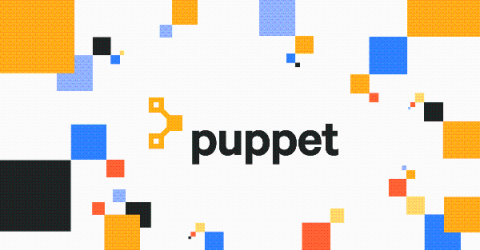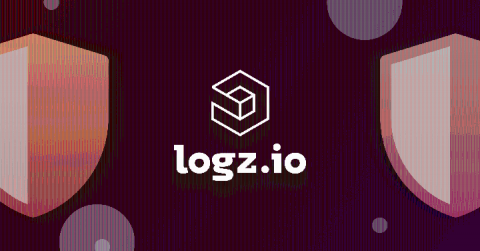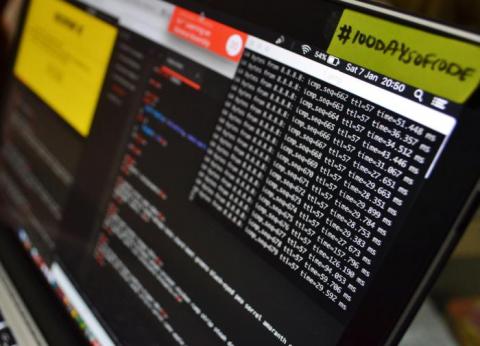Operations | Monitoring | ITSM | DevOps | Cloud
Latest Posts
Loki 1.6.0 released: Metric query performance up to 10x faster, push logs from any client to Promtail, query language and LogCLI enhancements, and more!
Things have been busy with the Loki project! Once again, we waited too long between releases, and there are so many new things I won’t be able to list them all. But that won’t stop me from trying, so let’s get to it. For a change of pace, instead of listing interesting PRs, I’m going to talk through Loki’s components and mention the changes in more of a paragraph style. Let’s see how this goes.
Static Thresholds vs. Dynamic Thresholds
IT monitoring is a complex field with several approaches to manage monitoring and alerts. Most of the current monitoring solutions provide Static Threshold-Based alerting, where IT Operations staff are notified when resource utilization breaches the defined threshold. The problem with Static Thresholds is that these are manually adjusted, and tuning it to meet the specific environment and needs of an organization is a major challenge for IT Operations teams.
Get enhanced Azure cost visualization with SquaredUp 4.7
One of the big problems we hear about with Azure is managing costs and understanding where the money is being spent. In fact, when we launched SquaredUp for Azure back in 2019, the ability to visualize costs quickly became one of the most popular features. It helped our customers (and ourselves, too) get a grip on Azure costs – by making it easy to identify under-utilized resources and take the appropriate action to reduce costs.
Authenticate Puppet Enterprise with FreeIPA using LDAP
Using a Linux Domain controller such as Red Hat Identity Management or FreeIPA? If so then the fields are a bit different than some other LDAP interfaces, which makes it difficult for some to connect to for authentication. Here is a quick how-to on setting up Puppet Enterprise with authentication from FreeIPA. I am assuming that you already have Puppet Enterprise installed with eyaml configured. If not, then you may want to visit these prerequisites.
Azure Durable Functions CI/CD Issue Solved!
Django and the N+1 Queries Problem
The N+1 Queries Problem is a perennial database performance issue. It affects many ORM’s and custom SQL code, and Django’s ORM is not immune either. In this post, we’ll examine what the N+1 Queries Problem looks like in Django, some tools for fixing it, and most importantly some tools for detecting it. Naturally, Scout is one of those tools, with its built-in N+1 Insights tool.
Creating Memorable Gaming Experiences with Kubernetes
If you’re a gamer, you probably know how immersed you can get in your favorite game. Or if you’re the parent or partner of a gamer, you probably know what it’s like to try to get the attention of someone who is in “gaming mode.” Creating worlds and enriching players’ lives is in Ubisoft’s DNA.
What's New with Logz.io Cloud SIEM - August 2020
We have been busy adding new features to our growing list of abilities. Logz.io Cloud SIEM is no exception. Throughout 2020 we have been enriching our security incident and event management tool, refining threat intelligence, adding new dashboards, and improving the user experience to ensure there’s an eagle’s-eye view of the security challenges that organizations face. Here are a few of those updates that we have recently put to production.
Logging Best Practices: From Simple to Space Age
It is tempting to consider logging as a simple, solved problem. We write a log, check our file and, boom, we’ve cracked it. Yet those of us who have sat up at three in the morning, trawling through log files over an unreliable SSH connection, know that this is simply not enough. As your system scales, so too must the sophistication of your tooling. Your logging best practices must be scalable and ready to support your efforts.











